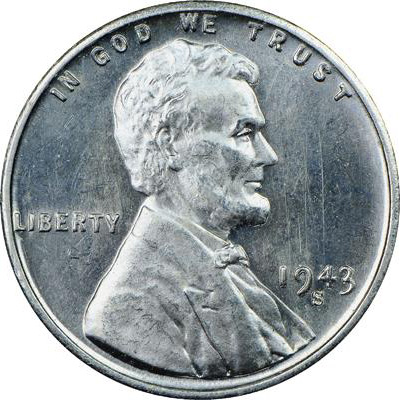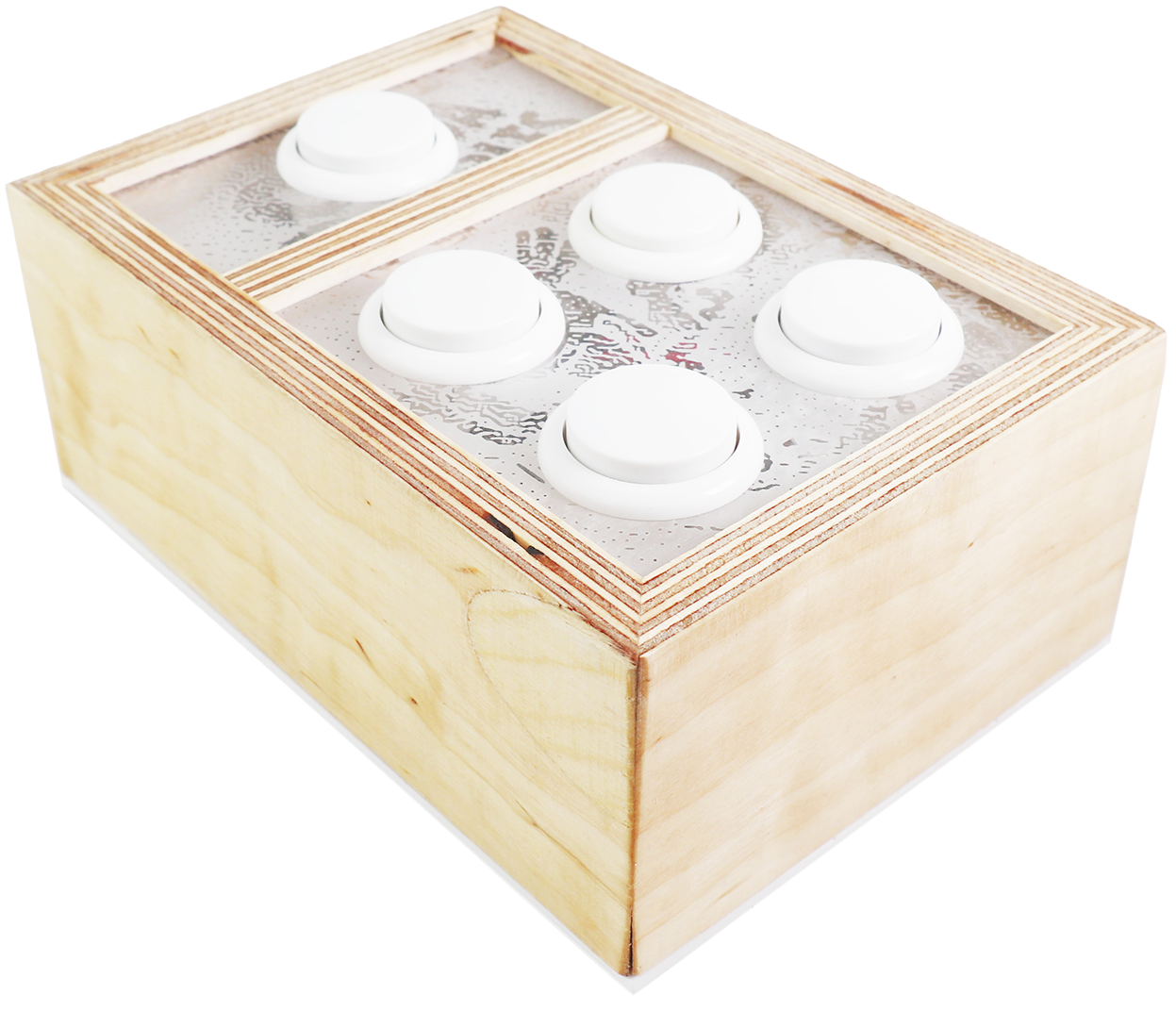
i sought out to create a simple drum machine because I like playing guitar with a looping synthesizer, but my synth doesn’t include drum tracks.

i was also drawn to the idea that the best creations come from following your own intuition, so I wanted to make something based mainly on my instincts.
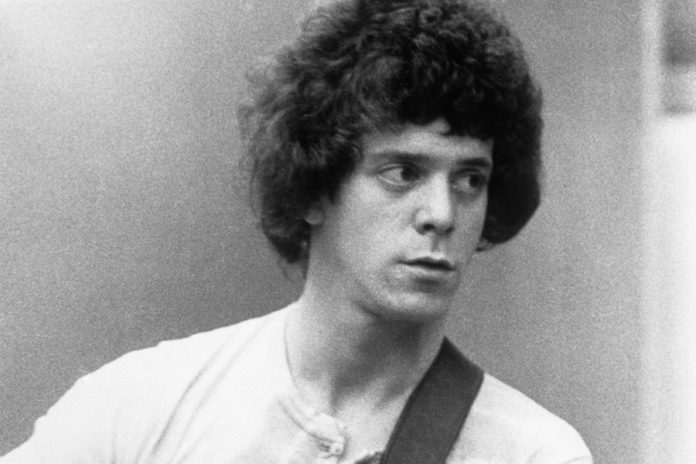
guided by my needs and interests, I wrote the project statement below:
MAKE THE PERFECT DRUM MACHINE FOR ME
i extensively researched drum machines and compiled the aesthetic and functional aspects I liked into a reference list.
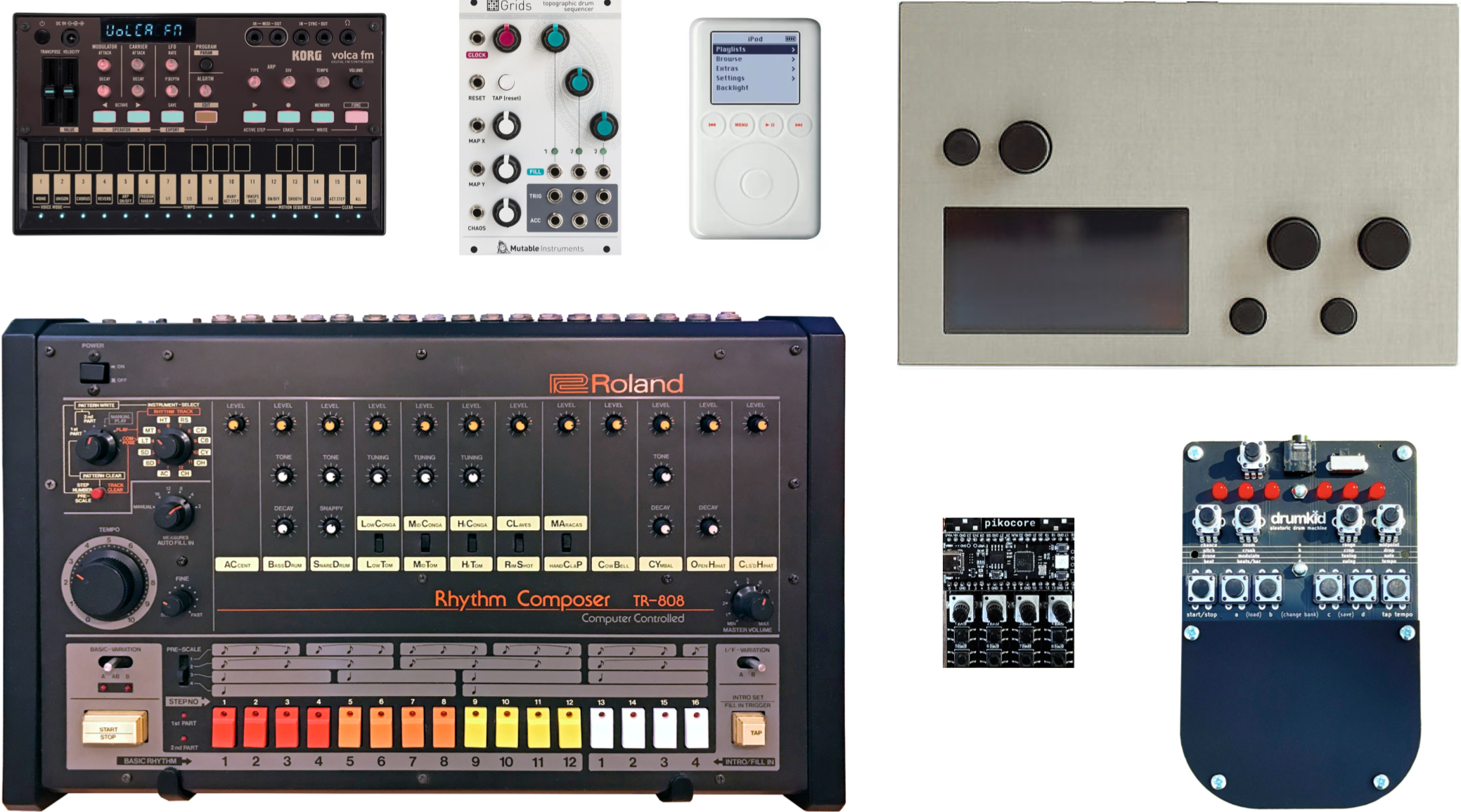
In the first iteration, I used random images to express the abstract feelings I hoped the drum sounds would evoke, but this idea was hard to explain and didn’t connect with others. As a result, I began to question my guiding statement.
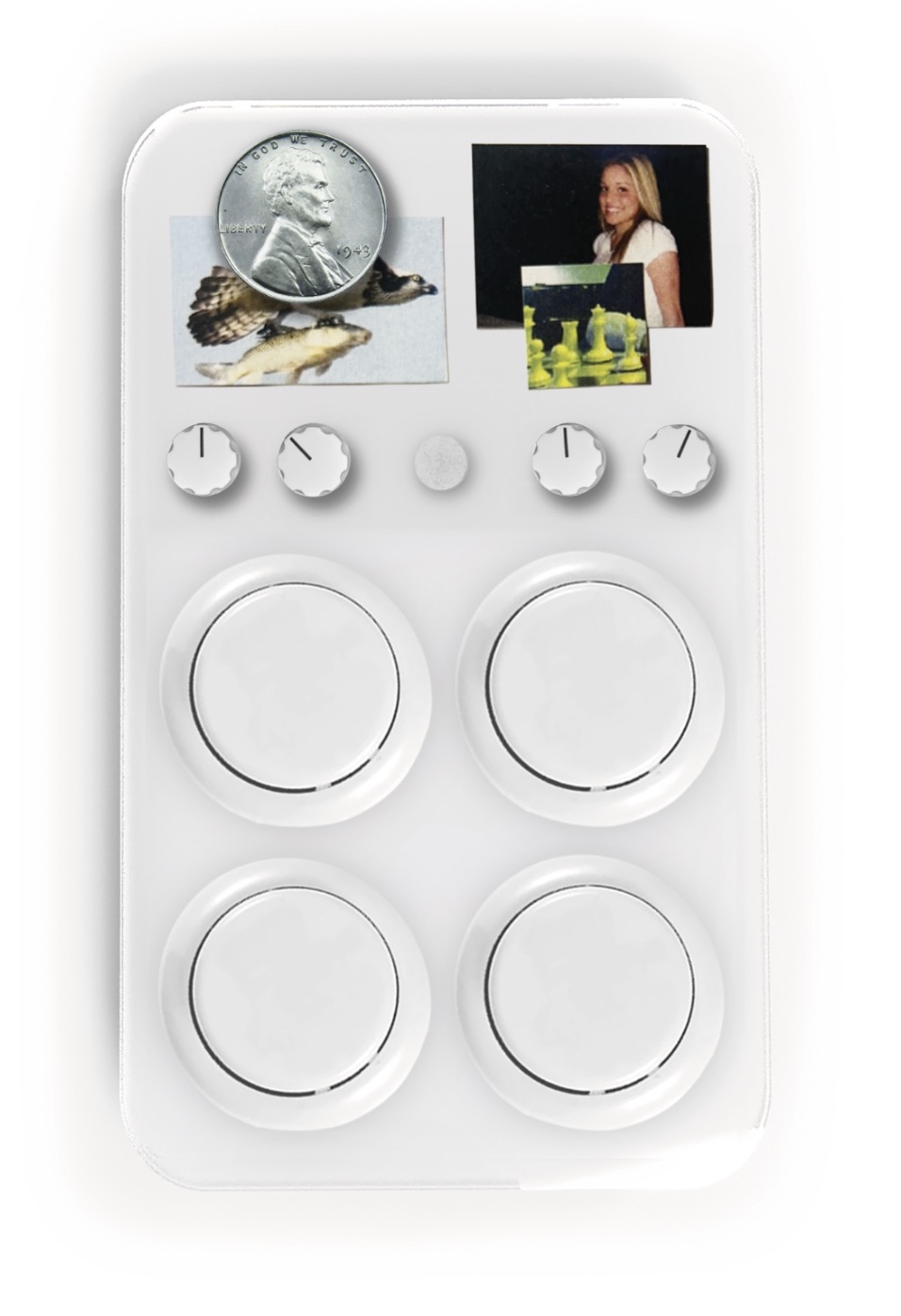
i refined the idea by using engraved composites of each drum sound’s waveform and the circuit’s wiring diagram, aiming to visually reveal the internal elements of the drum sounds.

by this iteration, I realized the design no longer reflected me and I’d missed the point. I decided to start over and revise my project statement into something more concrete.
MAKE THE PERFECT DRUM MACHINE FOR ME
↓
MAKE A DRUM MACHINE THAT REFLECTS MY
LIVED EXPERIENCES
reflecting on my experiences, I recalled making things as a kid: building arcade machines from cereal boxes and constructing projects from scrap wood with my dad.
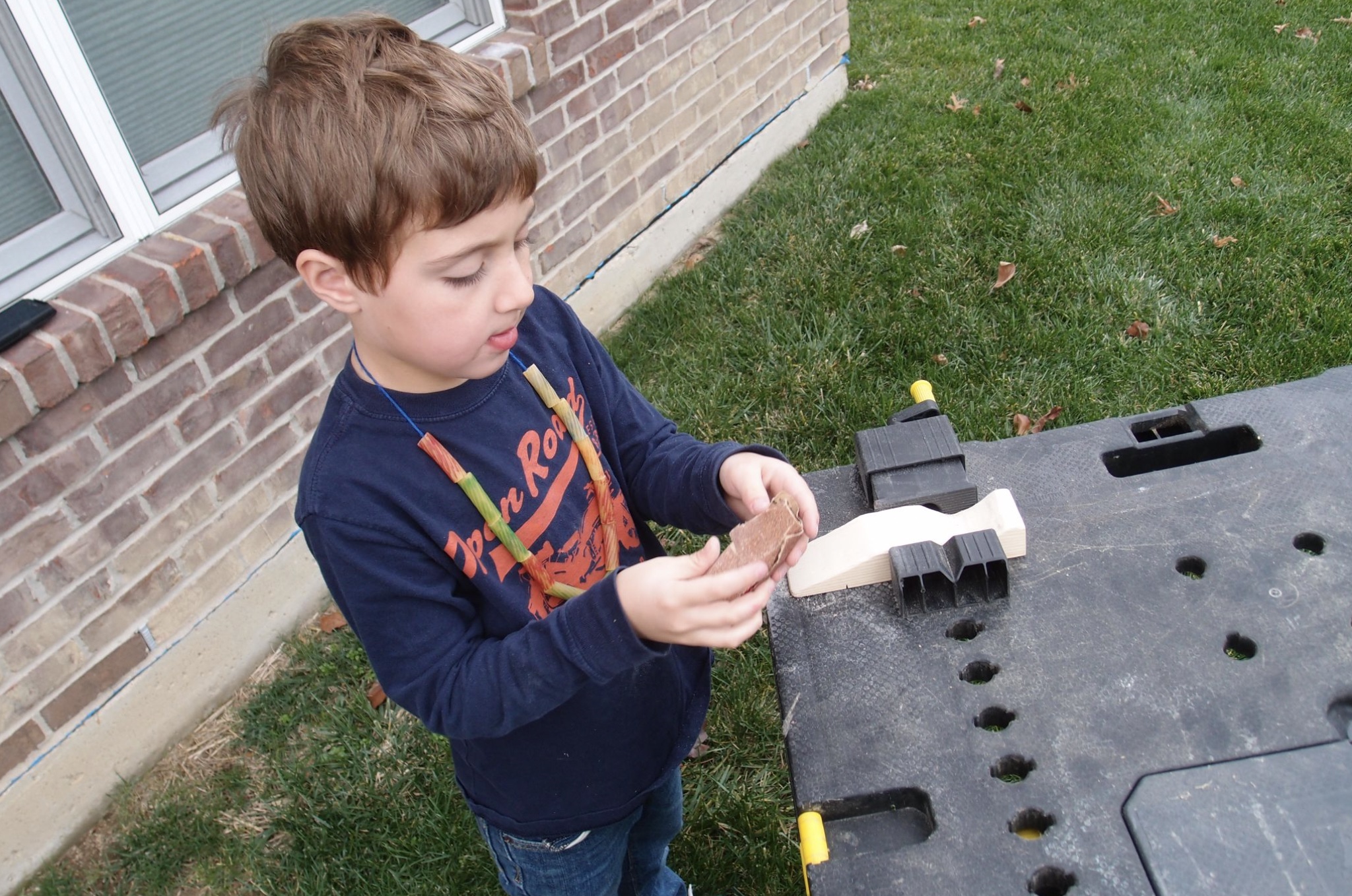
i distilled these experiences into my next iteration. I engraved a cereal box graphic on clear acrylic and built the housing from plywood. every design choice reflected my own experiences.
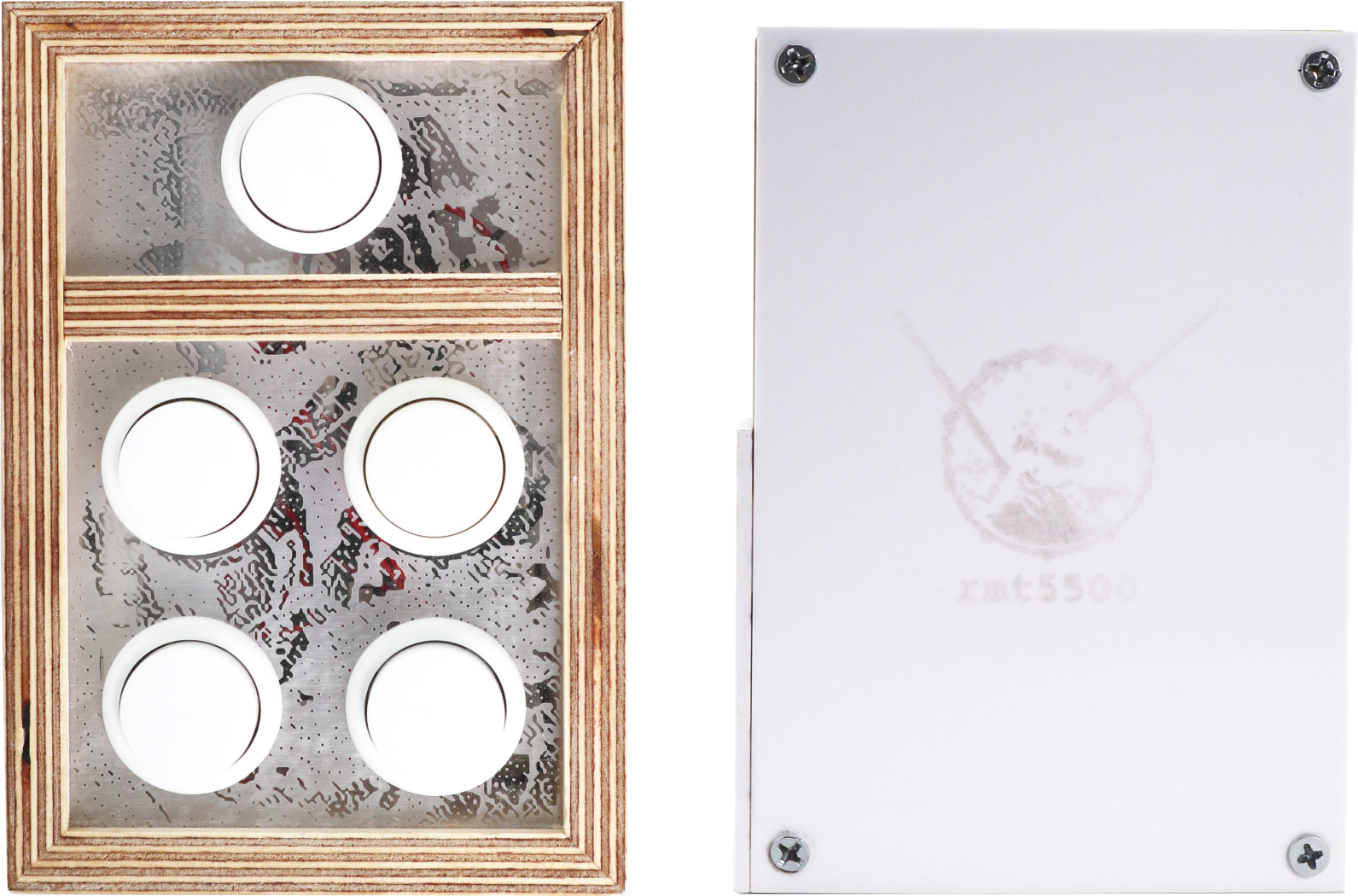
i also adjusted the way it would function. i first tried soldering a board with an arduino nano, but I switched to programming it all in python on a headless raspberry pi that starts automatically when powered.

